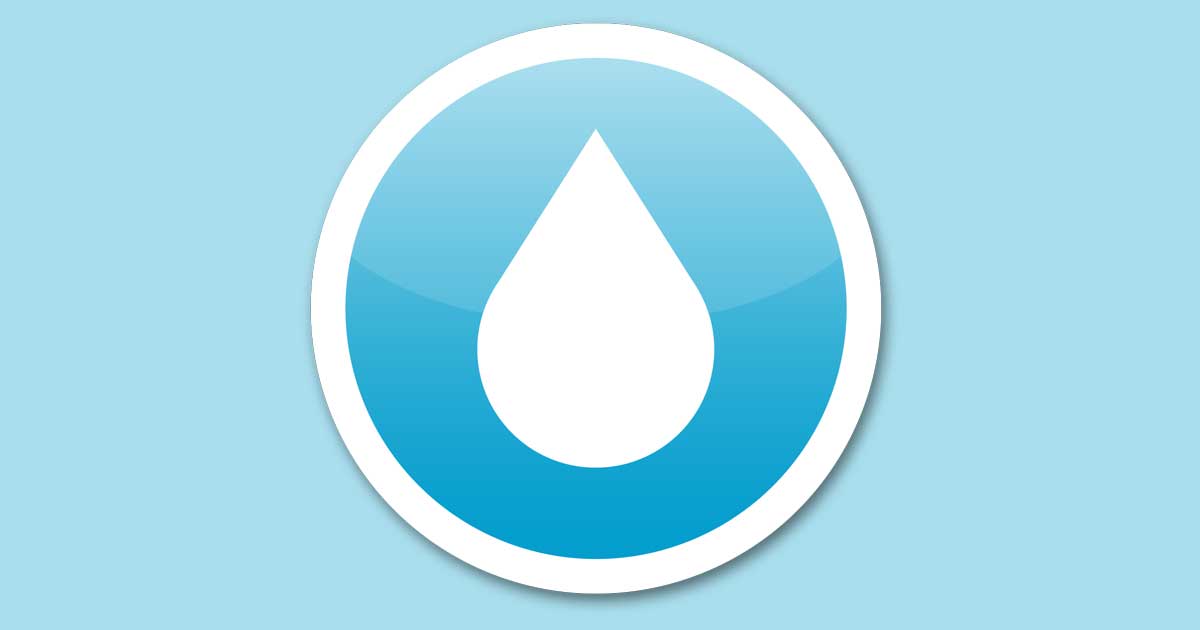Chlorine Burn
September 15, 2025
Public Notice for Chlorine Burnout of Water Distribution System
Combined Consumers Special Utility District PWSID 1160052 will temporarily convert the disinfectant used in the distribution system from chloramine to free chlorine. The conversion will begin on Wednesday October 1, 2025 and continue through Friday, October 31st, 2025. During this period, you may experience taste and odor changes associated with this type of temporary disinfectant conversion.
Public water systems are required to properly disinfect their water and maintain an adequate disinfectant residual in the distribution system. Chloramine, free chlorine combined with ammonia, is widely used as a disinfectant because it persists for long periods while also limiting the formation of disinfection by-product contaminants. Prolonged use of chloramine coupled with other factors that can impact water quality, such as high temperatures or stagnation of water, may result in the growth and/or persistence of organic matter within the pipes of the distribution system, which may hinder the ability to maintain an adequate disinfectant residual. A temporary conversion to free chlorine, partnered with flushing activities, helps to rid distribution pipes of this organic matter and improve the quality of your water overall.
The Combined Consumers Special Utility District uses a mixture of chlorine with aqueous ammonia for disinfection. This chloramine compound is helpful in maintaining disinfection throughout the distribution system and in reducing taste and odor concerns. Typically, once a year the District switches back to free chlorine treatment. This is called a “burnout” or “a reversion”. This is to reduce any nitrification conditions in the water system and to insure a higher quality of water. During this process, the water may develop an odor or discoloration, but the safety of the water will not be affected by this action. The chlorine burnout will be completed on October 31st, 2025.
A condition known as hemolytic anemia can occur if the disinfectant is not completely removed from the water that is used for the dialysate. Consequently, the pretreatment scheme used for the dialysis units must include some means, such as a charcoal filter, for removing the free chlorine prior to this date. Medical facilities should also determine if additional precautions are required for other medical equipment. In addition, free chlorinated water may be toxic to fish.
If you have a fish tank, please make sure that the chemicals or filters that you are using are designed for use in water that has been treated with free chlorine. You may also need to change the type of filter that you use for the fish tank.
If you have questions regarding this matter, you may contact Dustin Haywood at (903) 356 3321 at ext. 300.
